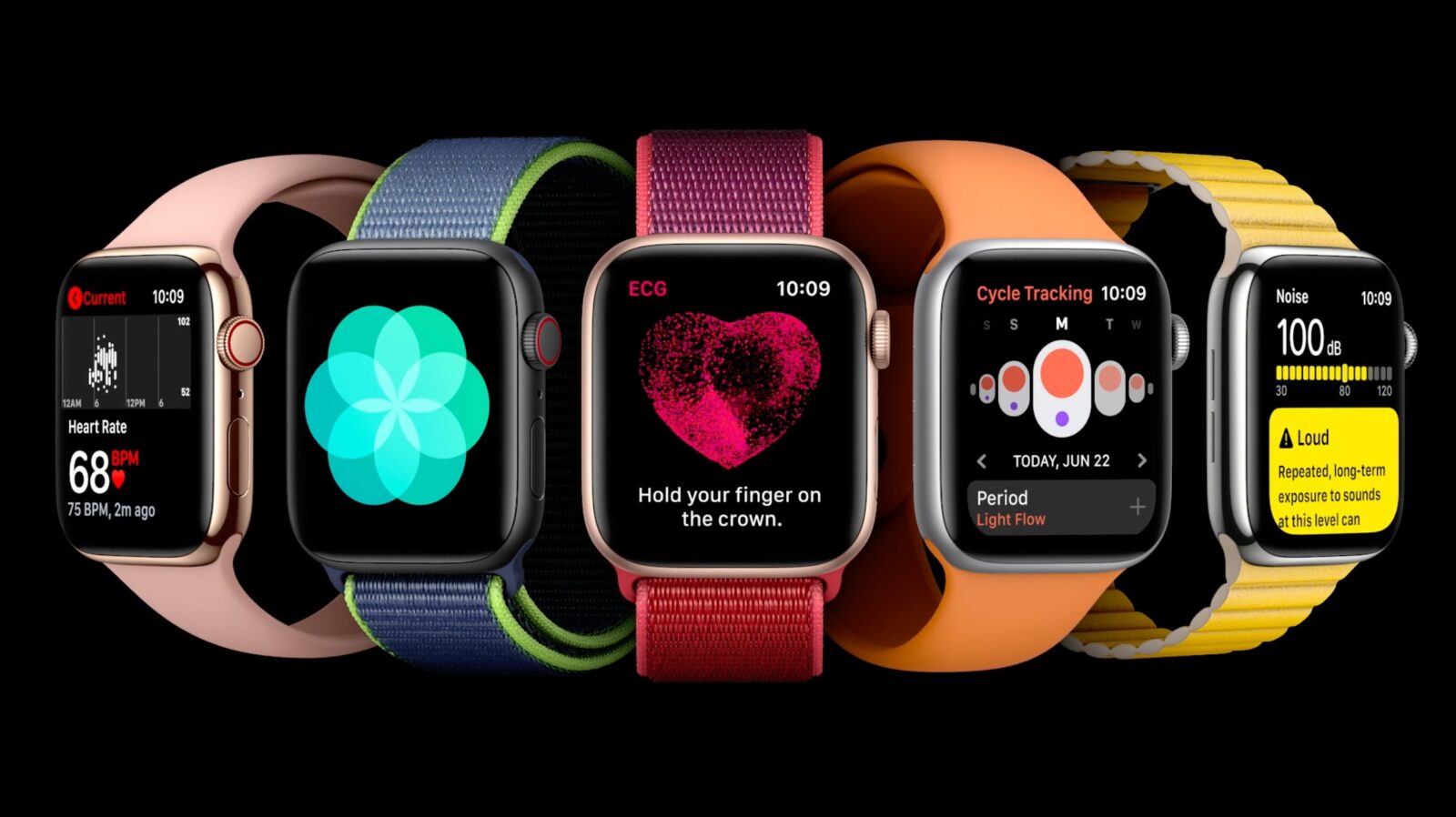The healthcare industry in the US is under increasing pressure, and ballooning costs, decreased margins, and increased patient demand have already placed more pressure on the system even before COVID. But now, with lower patient satisfaction scores and increased frustration with healthcare, how can medical care facilities improve efficiency so that the patients don’t lose out and are still able to access the services they need when they need them without experiencing a drop in care or standards?
But that doesn’t mean it is impossible. There are ways to improve efficiency and quality while still giving patients the level of care they expect and need.
Streamline Solutions
A 2022 Compass Survey found that healthcare providers had excess solutions and processes that impacted their operations. While these solutions have likely been implemented to handle different aspects of care and functions; they aren’t as efficient as they needed to be and didn’t work together to make life easier for staff.
Nearly 60% of people surveyed had over 50 unique solutions to manage different healthcare business operations. And 88% of those who responded, said this made their lives more difficult.
If this seems familiar, you need to look at what you can do to make life easier and what solutions you can implement to reduce the number you use and integrate information clearly and easily to minimize complications.
Whether you get a solution that takes care of everything for you or have designated software for specific providers, such as occupational therapy software, identify where things aren’t working and what isn’t working seamlessly and overhaul your solutions for a more harmonious experience.

Enhance the Patient Experience
When you’re looking to improve efficiency, you need to focus on the patient experience. The speed and ease of obtaining information both in-house and by the patient are paramount, and where this isn’t working can not only detract from the patient experience but also make life harder for everyone involved.
However, before you can improve the patient experience by allowing easier access to information and healthcare, you need to fix the issues behind the scenes that are impacting this. It might be technical issues such as data loss, data privacy rules, compliance issues, or manual processes that are impacting what you do.
Take a step back and look at the patient experience from a 360-degree perspective. Look at what is causing issues for you and the patient and the impact it is having. Then, identify changes that can be made and implement them to improve the experience. However, to avoid ending in the same position or as the point above, you need to look at the whole picture before making changes to avoid making things worse. Be mindful of how each point and process impacts everything else so you’re making beneficial changes.
Improve Your Team
You’ll only be able to provide good service and work efficiently if your term is up for the challenge. And if you’re stretching them too thin, then chances are it will open after the improvements you make to simple processes; this won’t be carried out as needed.
Your team will play a massive role in your efficiency. Without this aspect, you won’t be able to make any impactful or sustainable changes. You need to look at how to make their lives easier so they can do what they need to do and provide the best care possible.
Many providers find relief in increasing automation, simplifying paper workflows, and improving the work-life balance to avoid staff becoming burnt out.
It can be a good idea to ask for feedback on what is and isn’t working and ask how they think things can be changed and improved for the better. After all, they’re the ones doing the work and will know how best to make changes that will benefit them and the patients.

Reduce Costs
Sure, improving efficiency will, in turn, reduce costs, but you need to be proactive about where you are wasting money and the extra costs you’re incurring due to this. Reducing admin tasks, embracing technology such as AI, making better use of data, etc, can all be instrumental ways to reduce costs. As an example, going back to automation, the more you can automate efficiently, the less time your team will spend on completing the theme, thus reducing overtime, increasing how many patients you can see, and the less downtime you will experience.
Exactly what innovative technologies you can use will depend on the care and services you provide; how you cut costs depends on exactly where you’re wasting money, and how much you can save will be down to the changes you can reasonably make and what you need to change. However, identifying costs, looking for more cost-effective solutions and methods, and passing this on to patients can help you to improve efficiency and reinvest where you need it instead of wasting money.
Improve Population Health
By looking at patient health on a macro level, you can dive into systemic issues and population trends that impact your facility and what you do. But by accessing data and removing data silos, you can piece together a more comprehensive view to allow you to be proactive in treating patients and anticipating issues or an influx of cases. It could be that a unified solution center can help you see that your local population is aging, and you need to shift your focus to give them the care they need at this age or implement a new service to accommodate a senior patient base. You might also identify that you have a higher-than-average number of cases of specific health issues, so investing in improving patient care in this area will serve your patients well.
There are many inefficiencies in healthcare; no one denies this, and this issue is systematic rather than down to individual providers. However, by looking where the issues are and paying attention to the health needs of your patients and your processes, you can identify changes you need to make to improve efficiency and deliver the best care possible.












